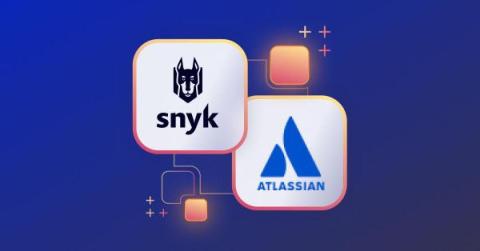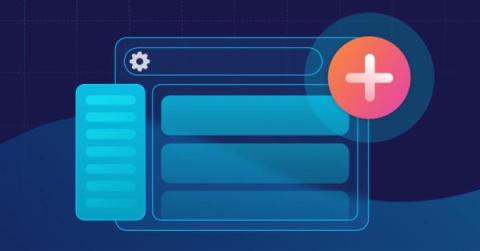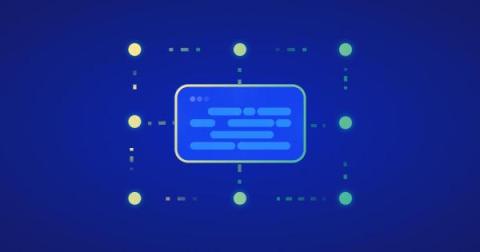Snyk & ServiceNow
Did you know that up to 90 percent of modern software uses open source software? Often SecOps, AppSec and IT teams don’t have a complete view of their application security risk across the organization. The Snyk and ServiceNow integration efficiently finds, prioritizes, and tracks vulnerabilities in open source dependencies to get a complete view of your application security posture and drive smarter, faster fixes in ServiceNow workflows.











